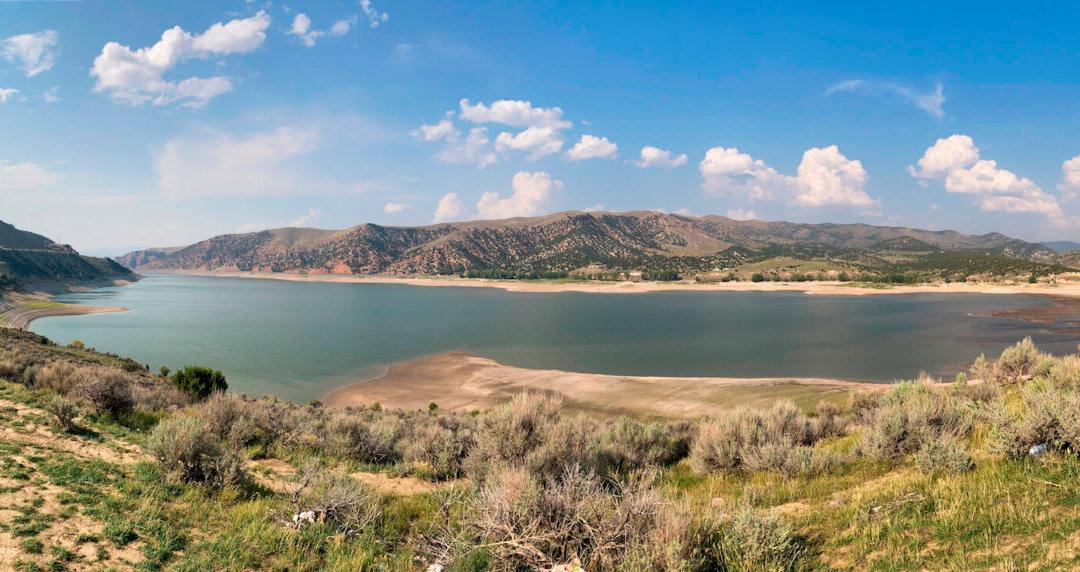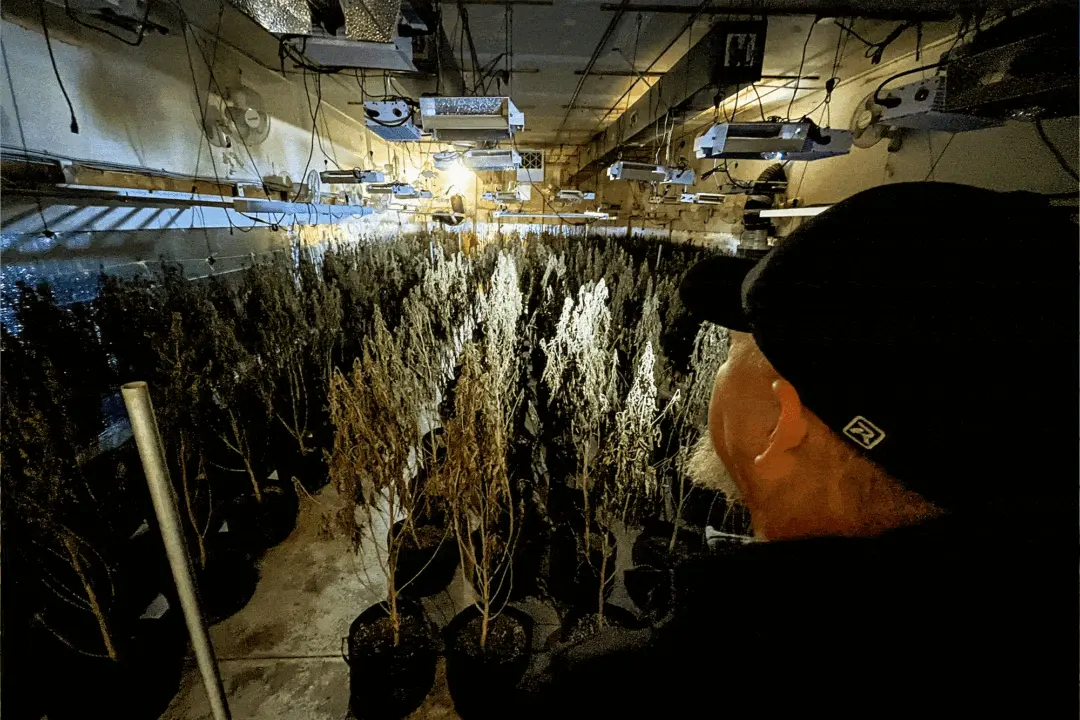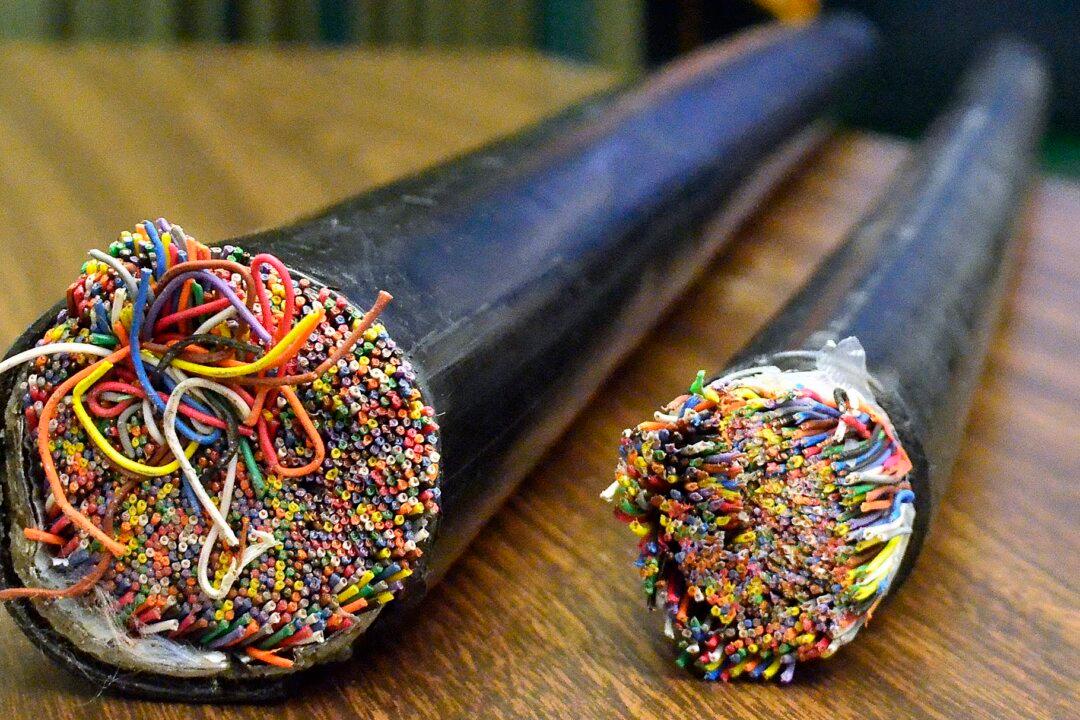To say that Utah’s water shortage in 2021 is severe doesn’t do justice to the stark reality that many of the state’s lakes, creeks, and reservoirs are literally drying up.
And unless nature cooperates soon, some of these once-full bodies of potable water will resemble the desert areas that surround them.





